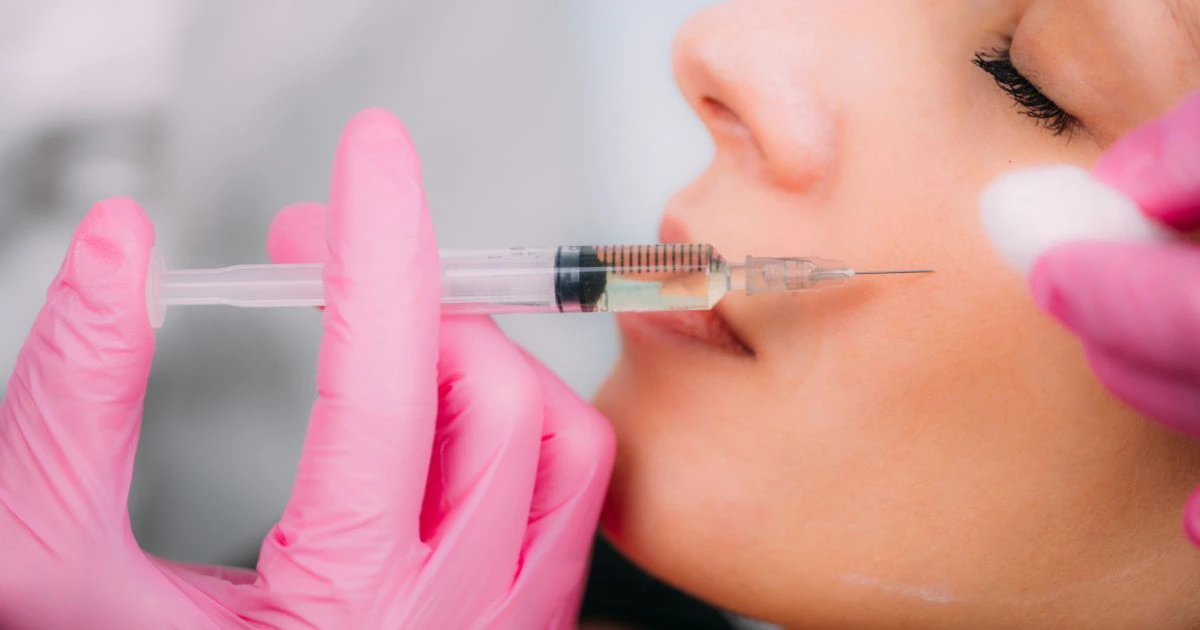Injection training is a technique that can be learned relatively quickly to deliver medications, fluids, or other substances directly into the bloodstream, tissues, or muscles. This treatment is often used in emergencies and when other methods are unavailable.
There are three common ways to give an injection: intravenous, intramuscular, and subcutaneous. Each method has advantages and disadvantages, so it is essential to understand the differences before deciding which method is best for a particular situation. This post aims to enlighten you about injection training.
Injection Training Explained
Injection training is an essential skill for many medical professionals, as injection therapy is commonly used to deliver a range of medications. In injection training, a professional learn the techniques necessary to safely and effectively administer injection therapies. Special attention is paid to areas such as the injection site, angle, and technique.
The trainer must also ensure they have the most up-to-date information on infection control and patient safety protocols. This knowledge helps them understand all aspects of injection procedures, from preparation to administration to disposal. When preparing for injection training, medical practitioners must familiarize themselves with the different injection materials available and how different injection sites should be administered.
They must also demonstrate their ability to locate injection sites to provide safe medication delivery. As such, injection training provides medical professionals with essential knowledge that can help ensure proper therapeutic dosages and safe practices for patients receiving injection therapy. Adequately prepared for injection therapy processes will benefit practitioners and patients alike by ensuring quality outcomes and peace of mind when administering injectable medications.
With injection training, healthcare workers can rest assured that they have the knowledge to confidently serve patients requiring injectable medications.
How Injection Training Works
If you need to administer injections regularly, injection training may be essential to your job. During injection training, practitioners learn injectable medications’ technical and safety aspects. This includes proper patient preparation and selecting the most appropriate syringe for a particular medication or dose.
Trainees are also taught about infection control protocols that should be followed before and after each injection. This includes proper handling techniques, such as properly disposing of used needles and syringes to minimize the risk of needle-stick injuries.
Additionally, practitioners must also demonstrate their knowledge regarding different types of medication administration routes, including intravenous (IV), intramuscular (IM), subcutaneous (SC), and intradermal injections. Once the training is completed, practitioners should be able to accurately locate injection sites and choose the most appropriate type of syringe for a particular medication or dose.
In the United States, healthcare workers are legally required to complete injection training courses to be certified or licensed. This ensures that healthcare practitioners have the necessary knowledge and skills to provide safe, accurate injection therapies on an ongoing basis.
Types of Injection Training
These injection training are beneficial if you want to ensure the proper administration happens in your med spa or wellness clinic. Here are some of the most common injection training types available.
Intravenous Injections
This type of injection training focuses on giving injections directly into a vein. This administration is often used to quickly deliver medications or fluids that need to be absorbed as quickly as possible into the body. Practitioners must understand how different concentrations and solutions can affect the patient’s well-being when administered intravenously, so they must have the proper training to safely administer this type of injection.
Intramuscular Injections
This type of injection training focuses on giving injections directly into a muscle. This administration is often used to deliver medications that need to be slowly absorbed into the body over time, such as hormones and antibiotics. Intramuscular injections require precision and accuracy, so practitioners must understand the anatomy and physiology of different muscle groups to properly locate the injection sites.
Subcutaneous Injections
This type of injection training focuses on giving injections just beneath the skin. This administration is often used for delivering medications that need to be slowly absorbed into the body over time, such as insulin or vaccines. Subcutaneous injections also require precision and accuracy, so practitioners must understand the anatomy of different body sites to properly locate injection sites.
Intradermal Injections
This type of injection training focuses on giving injections just below the skin’s surface. This administration is often used to test for allergies or deliver vaccines that need to be slowly absorbed into the body over time. Intradermal injections also require precision and accuracy, so practitioners must thoroughly understand the anatomy and physiology of different areas to properly locate injection sites.
By undertaking comprehensive injection training, healthcare workers can ensure that they can give injectable medications safely and accurately, providing quality patient care. Furthermore, this knowledge can help healthcare workers provide more effective treatments and improve patient outcomes.
Injection training is essential for all healthcare workers responsible for giving injections, as it helps them provide safe and accurate administration of injectable medications. Healthcare practitioners should always ensure that they complete the necessary injection training to be certified or licensed, so they can confidently administer injections with the precision they need.
Why You Need to Undergo Injection Training
One reason why you need to undergo injection training is to stay compliant with state and federal laws. In the United States, healthcare workers are legally required to complete injection training courses to be certified or licensed. This ensures that healthcare practitioners have the knowledge and skills necessary to provide safe, accurate injectable therapies on an ongoing basis.
Another reason why you need to undergo injection training is to ensure high-quality care for your patients. Injectable therapies are potent medications with serious side effects, so practitioners must understand how these medications work and can safely and accurately administer them. By completing injection training courses, healthcare workers can build the necessary knowledge and skills to provide quality patient care.
Lastly, getting an injection training certification can give you a competitive edge in the job market. This certification shows employers that you have the necessary knowledge and skills to provide safe and accurate injectable therapies. This skill is highly valued by many healthcare organizations. This certification will make you more likely to stand out when applying for healthcare jobs.
Conclusion
If you want to ensure that you will give your patients the best quality of care, injection training is essential. This type of training helps healthcare workers build the knowledge and skills needed to provide safe and accurate injectable therapies. By completing an injection training course, you can stay compliant with state and federal laws, ensure quality patient care, and gain a competitive edge in the job market.
The Better Body Shop MedSpa has always been proud of its services to its customers, including comprehensive injection training for all practitioners to ensure that you will only give the best service to your esteemed customers and clients. They also offer unique services to make you feel beautiful inside and out.










